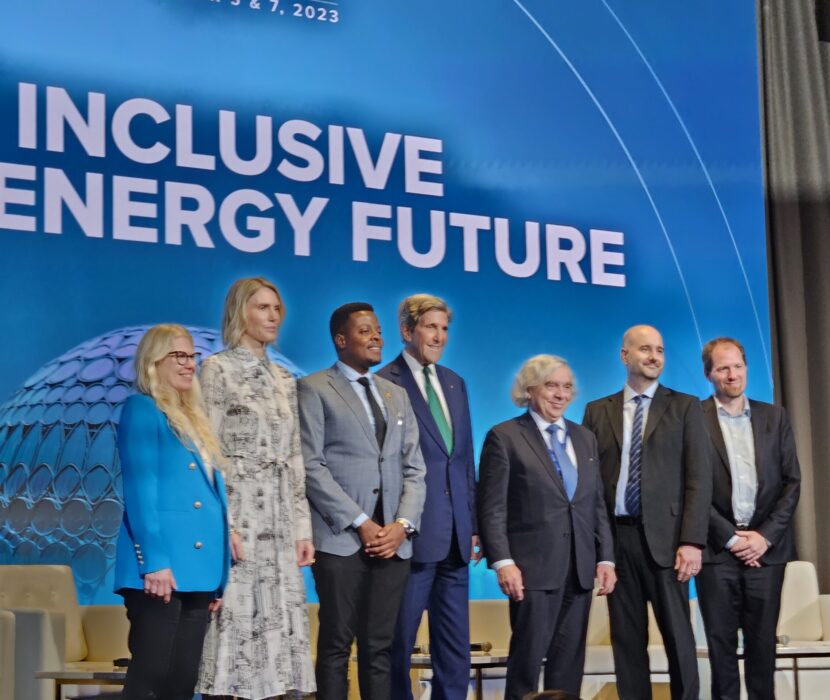Melanie Kenderdine, Managing Principal at EFI, offered her thoughts on the future of energy storage at Argonne National Laboratory’s Director’s Special Colloquium. She was joined by Michael Stanley Whittingham, 2019 Nobel Laureate in Chemistry, and Mary Powell, former CEO of Green Mountain Power VT.
Kenderdine discussed challenges in reaching the global electric vehicle (EV) and plug-in hybrid EV stock needed by 2030 to meet a net-zero emissions target by 2070. She highlighted electric vehicle battery supply chain issues, including the global balance of mining, processing, and manufacturing. Specifically, China dominates the US and European Union in the mining and chemical processing of nickel, cobalt, graphite, lithium, and manganese, as well as in cathode and anode production and lithium-ion battery cell manufacturing.
Kenderdine also highlighted the variability of electricity generation from renewables and the inadequacy of grid-scale battery storage as a remedy. She noted that, in 2017, California had 90 days with little to no wind generation, a key finding from EFI’s report “Optionality, Flexibility & Innovation: Pathways for Deep Decarbonization in California.” Solar generation saw significant seasonal variability as well. “Battery storage is not going to solve this problem,” Kenderdine said. For the foreseeable future, firm power will be needed.
Kenderdine emphasized the need for new grid infrastructure and the obstacle of public opposition, which she called a “huge, huge problem.” As the transportation sector and buildings are electrified, the grid will need to be built-out. “We are going to need to electrify a lot more,” she said, “that means more infrastructure, and everyone is opposed to siting infrastructure… the public stops it at every turn.”
The panel also considered the potential role of hydrogen as an energy storage and fuel option. “We urgently need to decarbonize, so we need action with technologies that we have now,” said Kenderdine. She presented the below map of carbon sinks and sources in the US, overlayed by potential sites for sequestration, direct air capture and storage (DACS), bioenergy with carbon capture and storage (BECCS), and hydrogen and compressed air energy storage (CAES).
Kenderdine said she wanted to see if infrastructures could be shared. They can, she concluded, and the hubs that result could be “new energy centers” focused on electrification, carbon capture, utilization, and storage (CCUS), and hydrogen as both storage and fuel. However, she added, “it’s going to take a lot of policy work.”
– Jordan Gallagher
(Share this post with others.)




